 “I hope you’re paying attention boys… the lesson is about to begin.” Well if Lady Nina was your teacher you’d have a problem concentrating 🙂
“I hope you’re paying attention boys… the lesson is about to begin.” Well if Lady Nina was your teacher you’d have a problem concentrating 🙂
The English Cane
This is probably the implement most associated with Corporal Punishment. There is something very emotive about this traditional, English disciplinary tool. Part of the cane’s mysticism is the ritual and theatre associated with its application. This is as much about psychological torment and fear as it is the actual beating. Making the condemned wait, sometimes hours or days in anticipation. The flexing of the rod as a scolding takes place. Then, finally, the rite itself: having the reprobate bent over a desk, or a chair, or perhaps touching their toes as the shorts/skirt is lifted and the panties lowered. Traditionally administered in half-dozen batches ominously referred to as ‘six of the best’.
Caning is an art that involves more than the technical ability to apply an accurate stroke – to master it you must understand its psychology. To the uninitiated, a caning may seem rather staid but I can assure you, a heavy caning is one of the most painful and intense forms of CP you can receive. To quote one Mansion sub “Just one stroke can take you right to your limit, the pain is like a depth charge that sinks into your flesh and then explodes!”

There are many types of cane, which are actually tropical grasses, reeds or palms characterized by knuckles or joints where the new segment of growth shoots off. Bamboo cane is probably the best known but it is not really suitable for CP as it is inflexible. The best types of cane to use are those that come from the climbing palm or rattan family as these have a flexible stem. There are enormous varieties of rattans, with innumerable differing qualities. The most popular varieties for making a punishment cane are Kooboo, Dragon, Palambang and Malacca.
No two canes are ever identical, as they are natural products, grown, not manufactured. There are an endless variety of rattans. Thickness, flexibility, curvature, colouring and surface finish all vary. Often canes are named and graded by their increased length and thickness: Junior Cane 8mm diameter, Senior Cane 10mm and Reformatory Cane 12mm plus. Lengths usually range from 30in to 36in. Most standard canes are made from Kooboo. For more serious punishments try a Dragon cane as the rattan is denser and slightly stiffer than Kooboo. It also has a very smooth surface which helps it fly through the air faster.
 Domina Liza with a beautiful vintage knuckled Malacca cane
Domina Liza with a beautiful vintage knuckled Malacca cane
Another heavier implement is the ferrule originally a Victorian walking cane made from the very thick and heavy rattan Malacca. I have come across so-called ‘fibre-glass’ canes and ‘dressage or show’ canes (canes covered with leather), which are not really canes at all, both are very severe implements that I would suggest only advanced players consider using. Probably the fiercest canes are those used for Singapore judicial punishments, made from stripped manner rattan they are approximately 15mm thick and 50 inches long.

Crook or Straight Handle
So why do canes have crook handles? I have to say I’m not exactly sure, as I have found lots of different explanations. One being that originally walking canes were used to beat people with so the crook handle is just a remnant of this. I have also read that the crook was used to stop the cane slipping out of the hands during a vigorous thrashing. The crook was also used to hang the cane up so it would be a constant reminder to errant young children. Well the crook handle is certainly associated with the school cane. I don’t think the handle makes much of a difference to the cane, many people just have a personal preference. Some straight canes have some kind of added handle, which does make them easier to use.
Short or long & thick or thin
Canes come in a huge variety of lengths and thickness. I would suggest that a beginner use a short, lightweight cane. The longer the cane the more swing, the greater the arc, equaling a more painful stroke. Remember the longer the cane the more difficult it is to control. The weight of the cane changes the sensation and intensity of the stroke. The thinner the cane the more ‘stingy’ and biting it feels. While thicker canes are heavier, more ‘thumpy’ and tend to bruise the skin. With more weight they penetrate more deeply.
Read the full article here:
Part 1 The Cane – The Classic English Discipline Tool
Part 2 The Cane – The Classic English Discipline Tool
Part 3 The Cane – The Classic English Discipline Tool










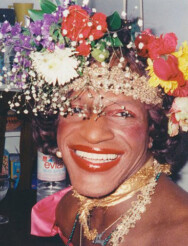


















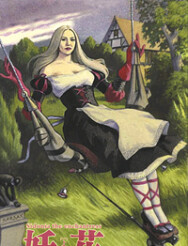


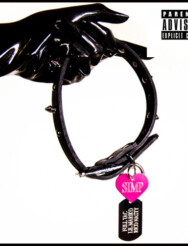









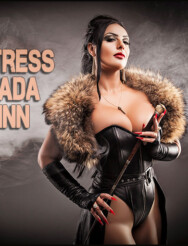



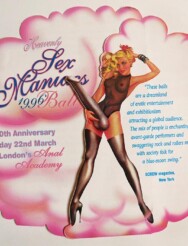
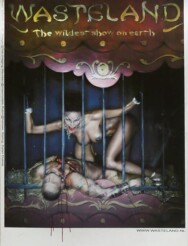




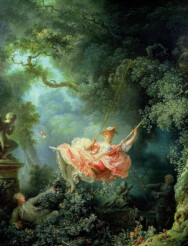














































Dear Mistress Sidona,
You are as literate as you are beautiful. Your intelligent discussion of sadism makes this taboo subject all the more alluring.
Mistress Sidonia,
One of my recurring fantasies (inspired and fed by The English Mansion’s work) is to be caned by a British Domme.
In my fantasy, She always looks like You!
Thanks for posting,
babbette